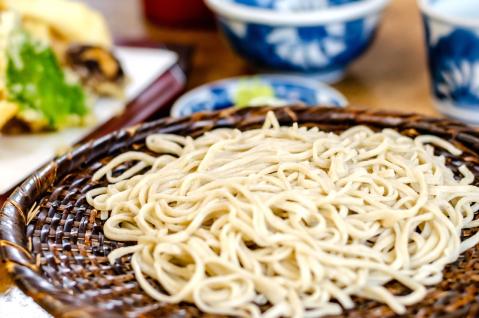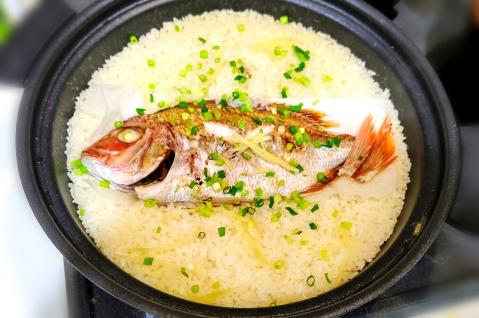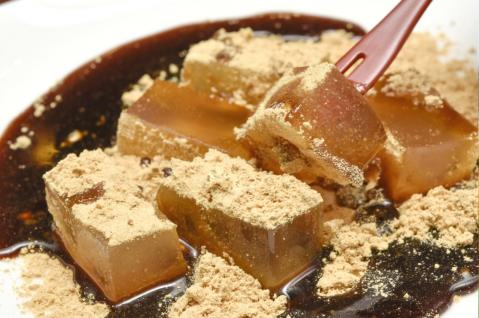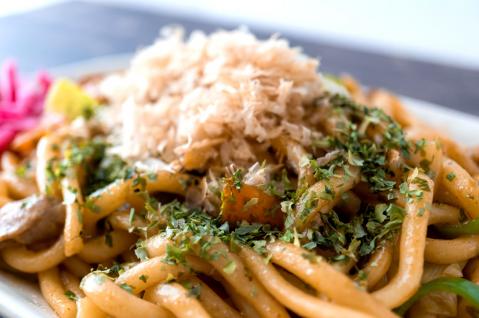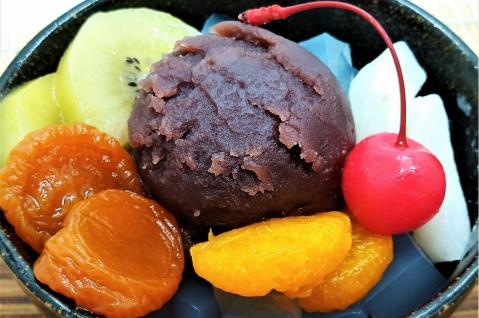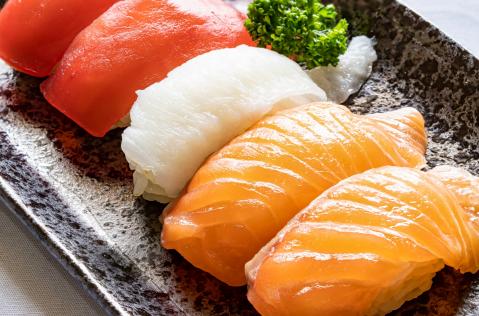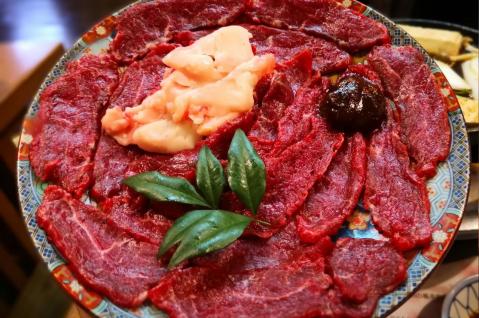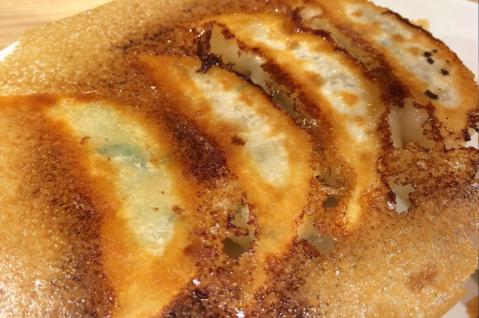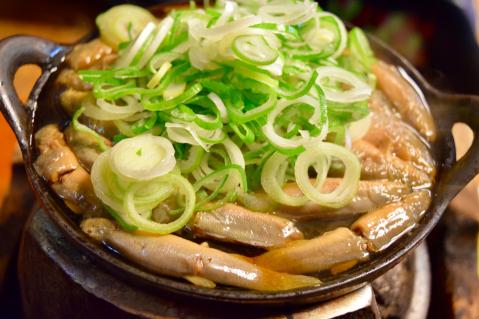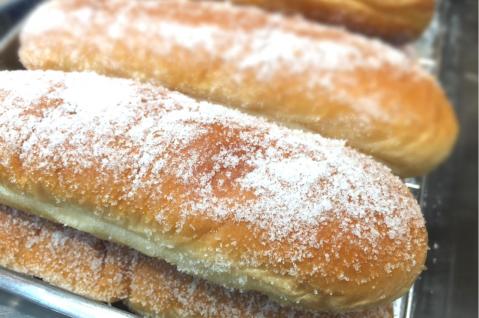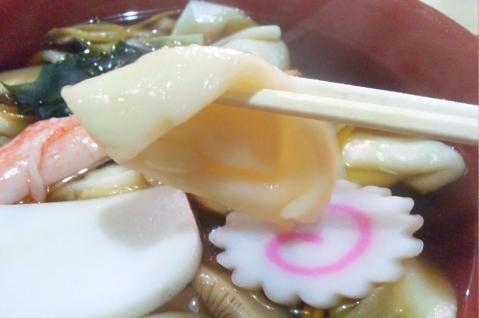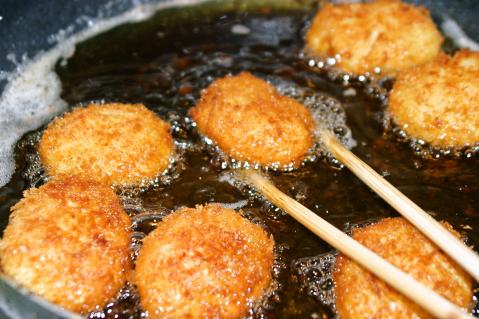New Articles
Jindaiji soba
Originally, the land was not suitable for rice production, and the abundance of water draining and spring water was suitable for making soba, so it is said that soba making in t...
Kuzumochi
There seems to be a theory that Kujumochi in Kanto used the guitsuji to distinguish it from the Kansai region's “Kuzumochi”. How to make the Kanto version is to dissolve the kud...
Sauce yaki udon
Hatogaya's grilled udon has a sauce taste. Sauce yaki udon was born in the town rebuilding business with a local sauce maker and the Chamber of Commerce. When I ate it... I imag...
Anmitsu
It was the birthplace of Ginza in the 1930s, and is derived from the fact that the bean paste was put on the bean paste, which originated in Asakusa. It is also a seasonal langu...
Edomae sushi
Nigiri sushi and nori rolls made from fresh seafood caught in Tokyo Bay are called Edomae-zushi and are made by sushi craftsmen. In Edomae zushiya, there are unique “sushi words...
Sakura nabe
It is a traditional dish in downtown Tokyo, and its history dates back to the Meiji period. It is said that the name of cherry meat is derived from the fact that horse meat stor...
Dumplings with feathers
Dumplings with feathers originated in Kamata, Ota Ward. It was sold since the 1980s. The crisp feeling of the feather part and the juiciness of the contents are the best. There'...
Tokyo Agepan
Did you know that agepan is a gourmet originated in Ota-ku, Tokyo? It seems that it was originally born to improve nutrition for children who are scarce in calories. Both me in ...
ear udon
Knead the flour well, stretch it, cut into squares and make a pinch of two adjacent corners on one side. Its shape is exactly the shape of an ear. By looking at this ear as the ...
